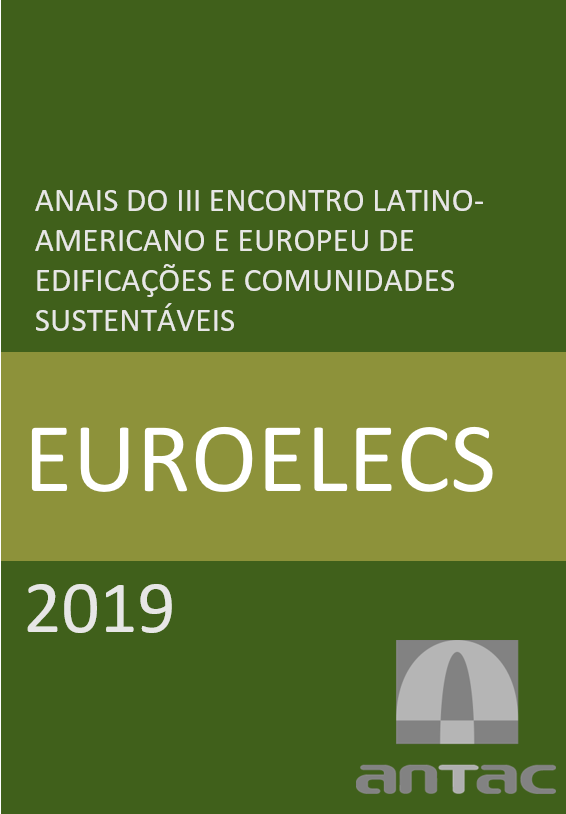BIOCLIMATIC ANALYSIS FOR A LOW INCOME ARCHITECTURAL PROJECT
Keywords:
low-income habitat, vernacular architecture, social housingAbstract
The aim of this paper is to perform a study on a project of low-income houses proposed by an architecture team for the city of Santa Fe, in Argentine. This region presents a complex climate to be attained by architecture designers, due to the diverse conditions presented by hot and cold seasons. The basic source model is a vernacular habitat typology and its characteristics to capture the prevailing winds during summer period by means the Ventury effect, and shielded against the cold winter winds. Also the project presents some improved architectural characteristics adapted to the foreseen implantation site and new user requirements. Thus, the analysis considers computer simulations and calculations to study the role of natural ventilation through the house. Thermal loads due solar energy, people and appliances are considered for an envelope energy balance. The software RADLITE and CFX-ANSYS are used. Also, is made a comparison between two forms of arrays, random and peripheral, for the houses in the terrain under a possible harmful urban noise incidence. With help the SoundPLAN software is obtained that the implantation site offers acoustical acceptable conditions for people to stay indoor. The results show the adequacy of the project for the new free-running low-income houses designed. Also the project inspired in part by a vernacular typology improves the use of new building materials, sanitary conditions, and gives facilities for occupation. Also the implantation site offers acoustical acceptable conditions for people indoor.

